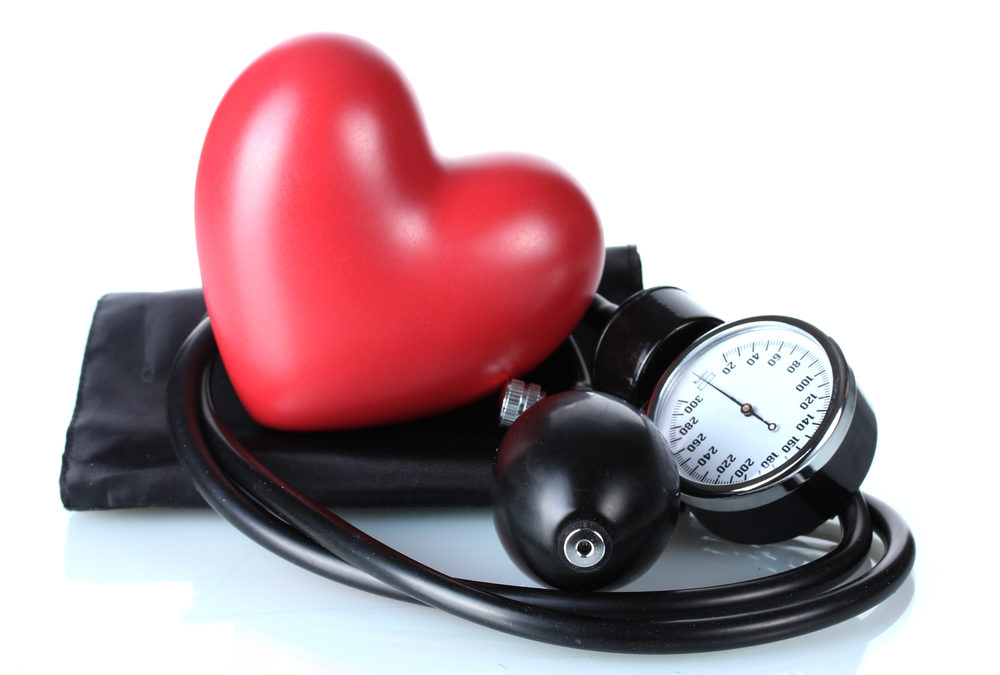Updated April 2024
If you haven’t had your blood pressure checked lately, you should. It’s something you should monitor regularly – particularly if you have any risk factors. It’s often referred to as the “silent killer’ because it can do its damage without showing symptoms. That’s why it’s important to monitor your blood pressure regularly because early diagnosis and treatment is crucial in stopping any related damage.
High blood pressure, also known as hypertension, is second only to smoking in causing heart disease and stroke. The American Heart Association explains that it means that the pressure in your arteries is higher than it should be. According to the World Health Organization, one in three adults worldwide has high blood pressure. The proportion increases with age, from 1 in 10 people in their 20s and 30s to 5 in 10 people in their 50s. It’s a contributing factor to heart attacks, strokes and kidney failure. Left uncontrolled, it can cause blindness, irregularities of the heartbeat and heart failure.
Check out these great Fact Sheets on High Blood Pressure from the American Heart Association – it discusses what the two numbers in your readings mean (learn more about blood pressure readings) , what risk factors are, how you can minimize your risk of high blood pressure and where you can learn more. Getting your blood pressure checked is easy, but make sure you do it the right way. We’ve included a helpful chart from the fact sheet in this post.

Chart via the American Heart Association
The AHA fact sheet linked above offers the following risk reduction tips:
- Don’t smoke and avoid secondhand smoke.
- Reach and maintain a healthy weight.
- Eat a healthy diet that is low in saturated and trans fats and rich in fruits, vegetables, whole grains, and low-fat dairy products.
- Aim to consume less than 1,500 mg/day of sodium(salt). Even reducing your daily intake by 1000 mg can help.
- Eat foods rich in potassium. Aim for 3,500 – 5,000mg of dietary potassium per day.
- Limit alcohol to no more than one drink per day if you’re a woman or two drinks a day of you’re a man.
- Be more physically active. Aim for at least 90 to 150 minutes of aerobic and/or dynamic resistance exercise per week, and/or three sessions of isometric resistance exercises per week.
- Take medicine the way your doctor tells you.
- Know what your blood pressure should be and work to keep it at that level.
Related:
- Handy tips to cut calories and make healthy choices
- New physical activity guidelines released
- Tips for getting motivated to lead a healthier lifestyle
Remember – if you are an employee member of ESI EAP, you can call to talk to a Health & Wellness coach for nutrition or fitness counseling!

